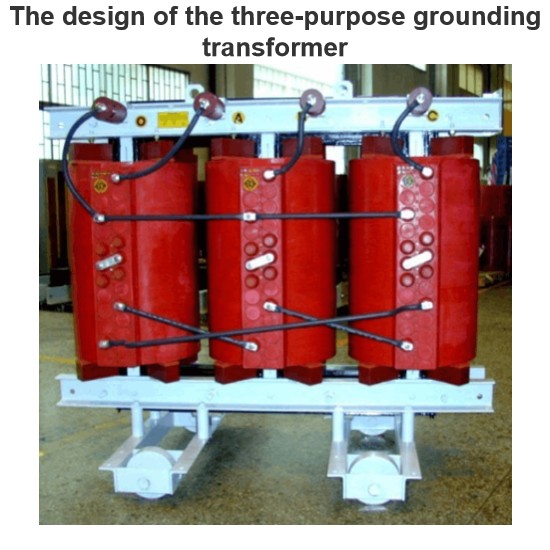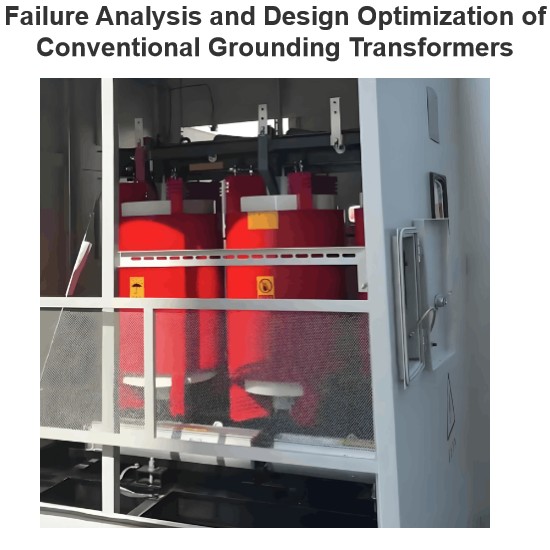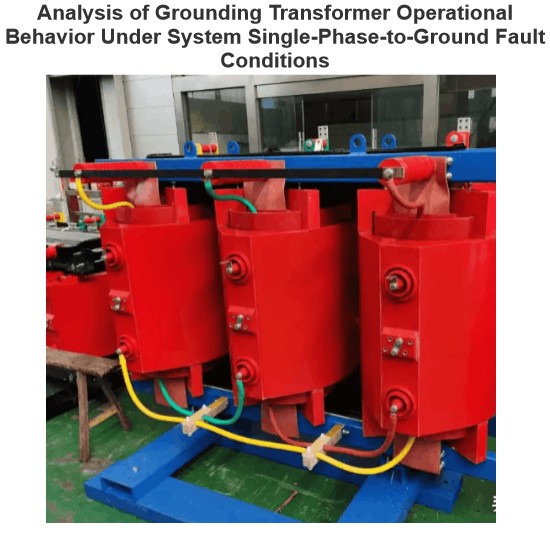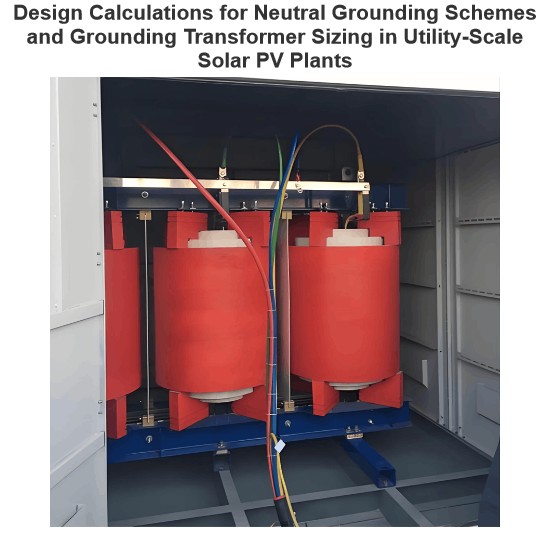Protection measures of three-phase transformer
Protection measures for use of three-phase transformers
Three-phase transformer may encounter various faults and abnormal working conditions during use, in order to ensure its safe and stable operation, a series of protective measures are usually taken. The following are several common protection measures for three-phase transformers according to the search results:
Gas protection
Gas protection is a protective measure used to reflect the internal failure of the transformer tank and the reduction of the oil level. When the fault in the tank produces slight gas or the oil level drops, the gas protection should be activated at the signal; When a large amount of gas is generated, the circuit breaker on each side of the transformer should be disconnected.
Longitudinal differential protection or current velocity break protection
This protection measure is used to reflect the short-circuit between the transformer winding and the lead line, and the single-phase grounding short-circuit between the neutral point direct grounding system winding and the lead line. It can quickly detect the fault and activate the protection mechanism, cut off the power and avoid the expansion of the fault.
Overcurrent protection
Overcurrent protection is used to reflect the external phase short circuit of the transformer, and as a backup protection for gas protection and differential protection (or current current break protection). This protection can be used as the last line of defense when the gas protection and differential protection fail, cutting off the power supply and protecting the transformer from damage.
Zero sequence current protection
Zero sequence current protection is used to protect the external single-phase grounding short circuit of the system with high grounding current. It detects the presence of zero sequence current and initiates protective action to avoid transformer damage due to ground failure.
Overload protection
Overload protection is used to reflect the symmetric overload of the transformer. This protection only acts on the signal and does not immediately cut off the power supply, but warns the staff that the transformer is overloaded and needs to be adjusted.
Overexcitation protection
Overexcitation protection is used to prevent transformer damage due to overexcitation. When the overexcitation of the transformer exceeds the allowable limit, the overexcitation protection will be activated, sending a signal or acting on the trip, limiting the degree of overexcitation.
Differential protection
Differential protection is an important protection measure, which can reflect the fault of transformer outlet line, bushing and internal short circuit. This kind of protection can be operated instantaneously on each side of the transformer circuit breaker, which is of great significance for the protection of transformer equipment.
Neutral point direct grounding protection
For the transformer directly grounded at the neutral point, when the single phase grounding fault occurs, it will produce a large short circuit current. The ground protection device determines whether the ground fault occurs by detecting the zero sequence current, and acts to remove the fault part in time.
Neutral point is not grounded or protected by arc suppression coil
For the transformer with ungrounded neutral or grounded by arc suppression coil, when the single-phase grounding fault occurs, the grounding current is small, and the zero-sequence voltage protection or insulation monitoring device is usually used to detect the grounding fault.
Temperature protection
The transformer will generate heat during operation, and when the temperature is too high, the insulation performance and service life of the transformer will be affected. The purpose of temperature protection is to monitor the temperature change of the transformer, and when the temperature exceeds the set value, send an alarm signal or act on the trip to prevent the transformer from overheating and damage.
The Electricity Encyclopedia is dedicated to accelerating the dissemination and application of electricity knowledge and adding impetus to the development and innovation of the electricity industry.













